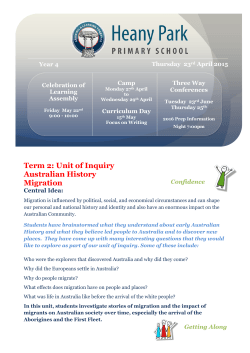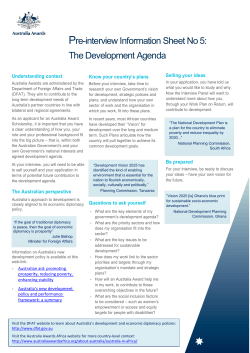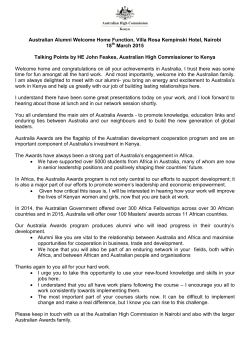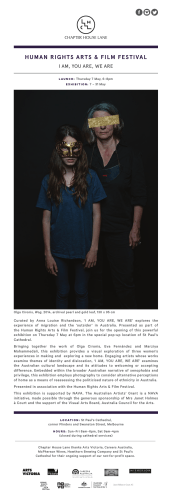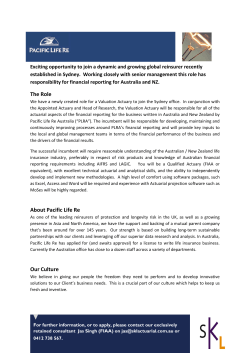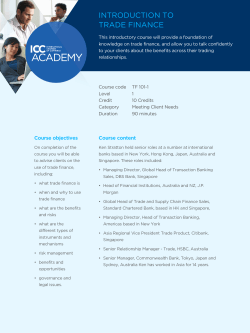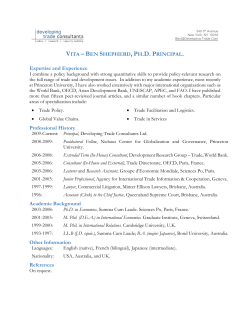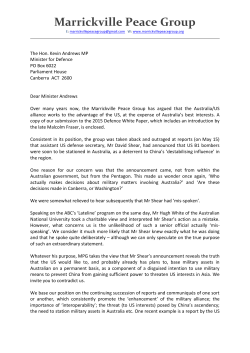
Geoffrey Brahm Levey | University of New South Wales, Sydney
THE GOVERNANCE OF RELIGIOUS DIVERSITY MORE OR LESS SECULARISM? 10-12 June 2015 SESSION: THE GOVERNANCE OF RELIGIOUS DIVERSITY IN THE PUBLIC SPACE: PERSPECTIVES FROM ASIA GOVERNING RELIGIOUS DIVERSITY THROUGH PRINCIPLED PRAGMATISM THE CASE OF AUSTRALIA Geoffrey Brahm Levey | University of New South Wales, Sydney Australia is in Asia but not of Asia. Institutionally and culturally it bridges Britain and the United States, the Old and New Worlds. Its federal parliamentary democracy inherited aspects of both Westminster and Washington, leading some to call it a ‘Washminster system’. The religious provisions in the Constitution of the Commonwealth of Australia were expressly modeled on those in the First Amendment of the Constitution of the United States, yet they have been interpreted very differently by the High Court of Australia and have had an altogether different career in Australian politics. State and religion have always been entangled in Australia beginning with the Constitution’s recognition of ‘Almighty God’. This entanglement has endured notwithstanding Australia’s profound transformation over the last century from a White outpost of the ‘British race’ to a multiracial, multi-faith and multicultural society. A measure of its acceptance is that religion in public life and state secularism of a sort are today both widely assumed. Having one parent with an Established Church and the other with a ‘high wall of separation’ between church and state seems to have had a chastening (or rebellious) effect in both directions. In this paper, I elucidate the mechanism of this arrangement as a form of ‘principled pragmatism’ regarding state and religion. I also discuss some pressing challenges, among them Australian multiculturalism’s blind spot regarding ‘inclusion’, the uncertain place of liberal democracy in the national-cultural imaginary, and the role that religion plays in recent reassertions of Australian national identity.
© Copyright 2025
